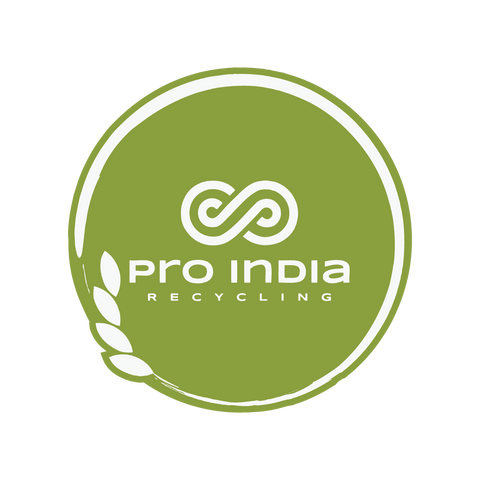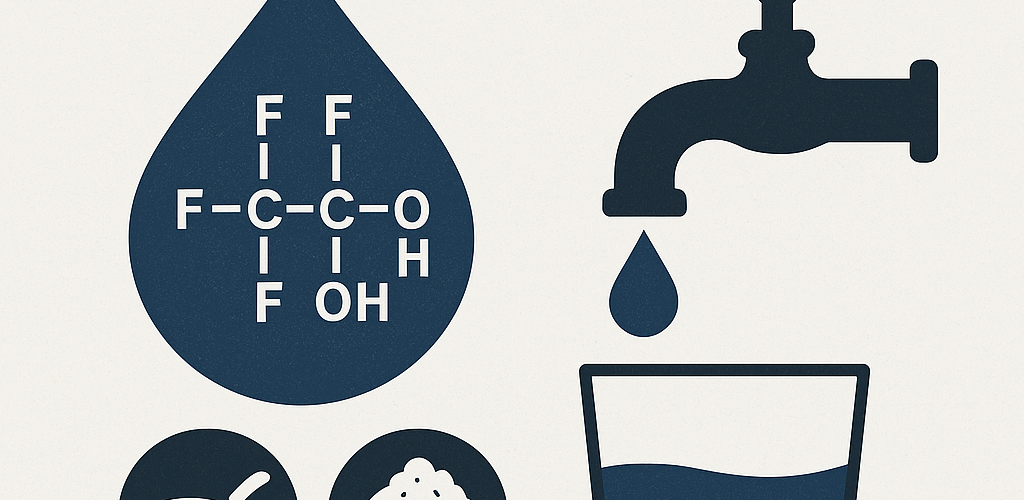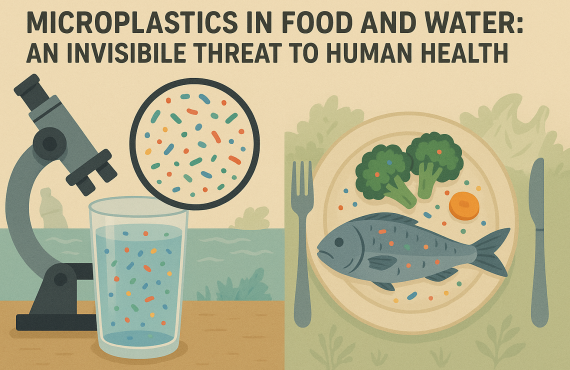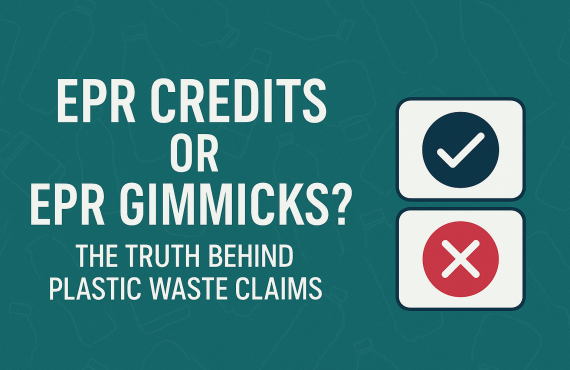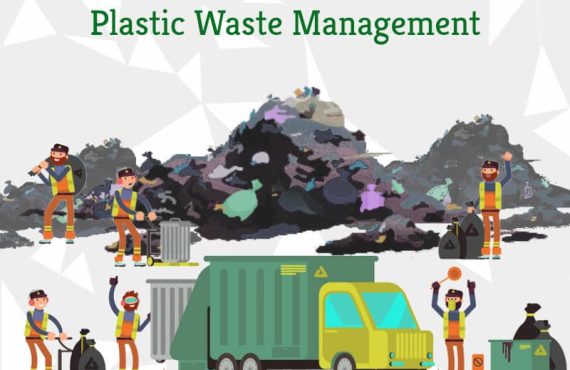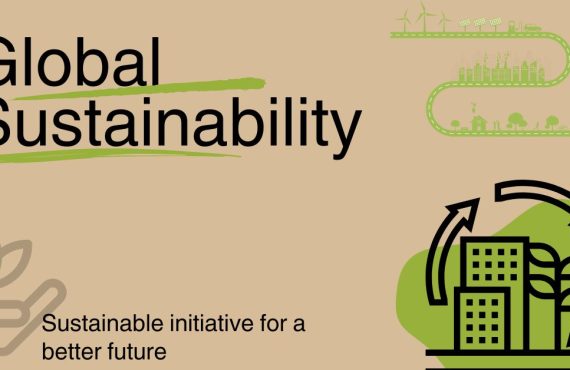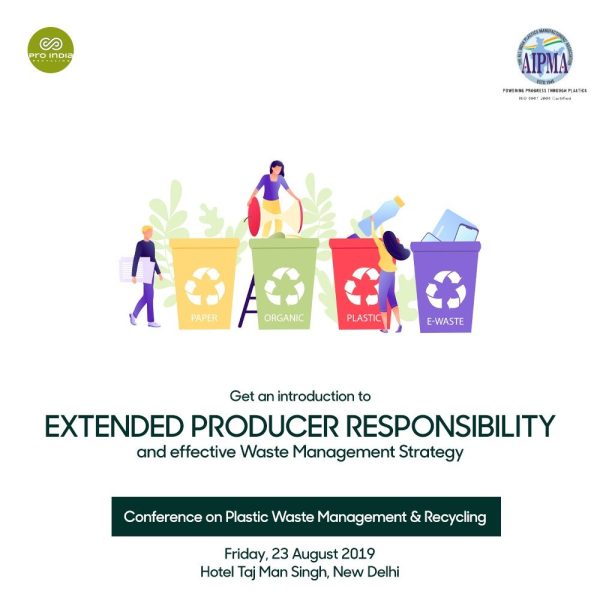PFAS (Forever Chemicals) Contamination: A Growing Environmental Crisis
In recent years, PFAS contamination has emerged as a critical environmental and public health issue across the globe. Often called “forever chemicals”, Per- and Polyfluoroalkyl Substances (PFAS) are man-made chemicals that resist degradation, making them both incredibly useful and alarmingly persistent.
As awareness grows, so does concern. From drinking water to food packaging, these invisible contaminants are increasingly being found in places we never expected. But what are PFAS, why are they so dangerous, and what can be done about their contamination? Let’s dive into the facts.
What Are PFAS?
PFAS are a large family of synthetic fluorinated compounds used since the 1940s in consumer and industrial products. Their unique chemical structure—particularly the strong carbon-fluorine (C–F) bond—makes them resistant to heat, oil, stains, grease, and water.
Common Uses of PFAS Include:
- Non-stick cookware (Teflon)
- Stain-resistant fabrics and carpets
- Water-repellent clothing
- Firefighting foams (especially at airports and military sites)
- Food packaging (fast-food wrappers, microwave popcorn bags)
- Industrial processes and electronics
There are thousands of PFAS compounds, with PFOA (Perfluorooctanoic acid) and PFOS (Perfluorooctanesulfonic acid) being among the most studied and regulated.
How PFAS Contamination Happens
Because PFAS do not break down easily, they accumulate in the environment and living organisms over time. This persistence leads to widespread contamination of:
- Groundwater and drinking water supplies
- Surface water bodies near industrial zones
- Soil, especially around landfills and airports
- Food, through contaminated water or packaging
- Human blood and breastmilk, due to bioaccumulation
Even remote areas such as the Arctic have shown PFAS presence, underlining their far-reaching environmental mobility.
Health Risks Linked to PFAS Exposure
Long-term exposure to PFAS has been associated with a range of serious health problems. According to the U.S. EPA and other global health agencies, PFAS exposure may lead to:
- Increased risk of kidney and testicular cancers
- Liver damage
- Thyroid hormone disruption
- Decreased fertility and developmental delays in children
- Immune system suppression
- Increased cholesterol levels
While PFAS levels vary, even low concentrations in drinking water have been linked to health effects due to their ability to accumulate in the body over time.
PFAS in Drinking Water: A Global Concern
One of the most alarming aspects of PFAS contamination is its infiltration into public water systems. In countries like the United States, studies have shown that PFAS have contaminated water supplies for millions of people. Industrial regions and communities near military bases using AFFF (aqueous film-forming foams) are especially vulnerable.
In India, growing industrialization, poor waste disposal practices, and lack of awareness pose a serious threat. While regulatory action is still evolving, PFAS have already been detected in water sources and food chains in several Indian cities.
Can PFAS Be Removed from Water?
Yes, but removing PFAS from water is technically challenging and expensive. Standard filtration methods do not work. Effective methods include:
- Granular Activated Carbon (GAC) filters
- Ion Exchange Resins
- Reverse Osmosis systems
- Advanced oxidation processes (AOPs)
However, large-scale implementation requires significant investments and expertise, making it more feasible in high-income regions for now.
What Are Governments Doing About PFAS?
Growing scientific evidence has prompted many governments to act:
🌐 Internationally:
- The European Union has begun phasing out many PFAS compounds under REACH regulations.
- The United States EPA has set new Maximum Contaminant Levels (MCLs) for PFAS in drinking water.
- Australia, Canada, and several Asian countries are initiating PFAS monitoring and cleanup projects.
🇮🇳 In India:
- The Central Pollution Control Board (CPCB) has recognized PFAS as an emerging pollutant.
- The Bureau of Indian Standards (BIS) is considering new guidelines on food contact materials.
- Research institutions like IITs and CSIR labs are conducting PFAS surveillance studies.
What Can You Do to Protect Yourself?
While regulatory action is critical, individuals can also take steps to reduce exposure:
✅ Check your local water quality report or test your tap water
✅ Use certified water filters that remove PFAS
✅ Avoid non-stick cookware unless it’s labeled PFAS-free
✅ Reduce consumption of fast food or packaged foods with grease-resistant packaging
✅ Support policies and companies that promote PFAS-free alternatives
Conclusion
PFAS contamination is a global environmental and health emergency. As “forever chemicals,” PFAS persist for generations, threatening ecosystems and communities alike. While the challenge is daunting, growing awareness, innovation in cleanup technologies, and bold regulatory action can turn the tide.
Understanding the dangers of PFAS—and acting on that knowledge—is the first step toward a safer, cleaner future.
